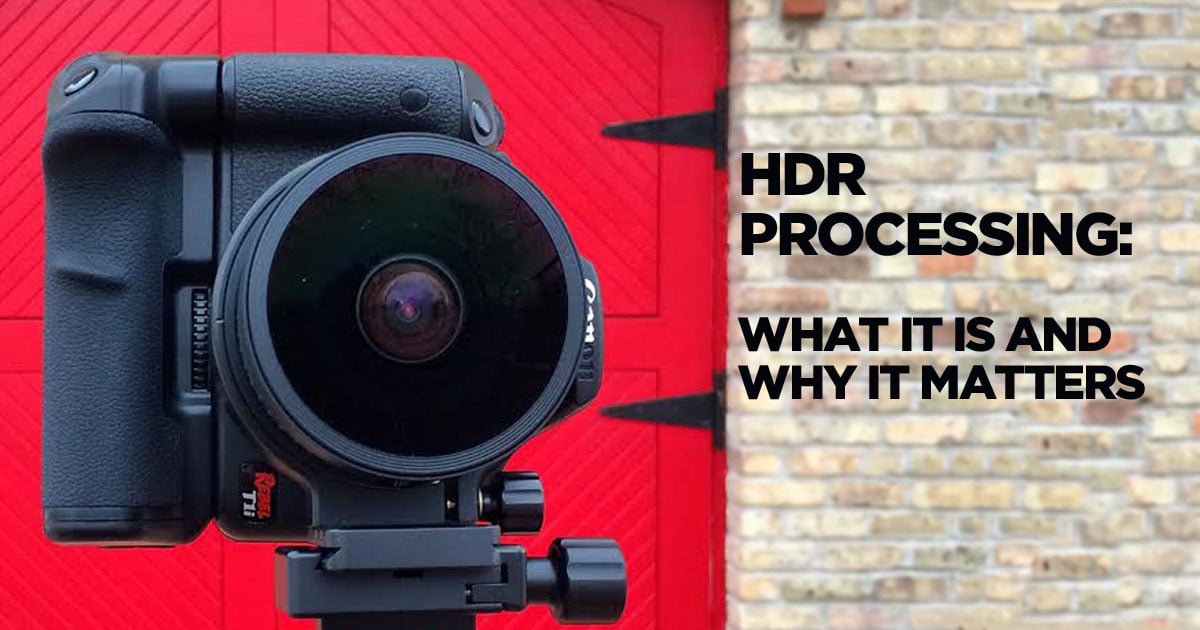
We’ve done many Google Business View virtual tours in interesting places around the Chicagoland area. We’ve photographed music venues, rooftop bars, spas, and showrooms. There’s no telling what the lighting will be in any place we shoot. Sometimes there’s very low light with just a few lamps and other times natural light comes flooding in. To help us get even lighting across the space for easy viewing of the finished tour, we use HDR processing. Whether you’ve completed a shoot with us or are considering a Google tour for your business, here’s a brief explanation of how HDR processing works.
What HDR Is
High-dynamic-range (HDR) processing is a photographic technique that tries to get a greater range of light by using several shots of the same object that are then compiled into one image. Each shot uses a different exposure, the amount of light the camera senses, which is determined by various shutter speed and lens aperture. The goal of using HDR processing is to get a final image that closely resembles what the human eye would see if it had been present. The eye can adjust and interpret many different spectrums of light at the same time, but cameras cannot do that. By stitching together the photos from the HDR process, photographers can create a more realistic image.
Why HDR Is Important
HDR processing is important because it offers an accurate look at the objects in the photo. It has the ability to pull information out of the shadows, while still keeping the highlights intact—there’s no sacrificing one for the other, like in other photographs. It makes for a more comfortable viewing experience, while also offering an accurate look at the object in the photo. It’s not as important for portraits or other photos of people, but it can help when photographing cites, buildings, or other landscapes. HDR can take something in the shadows and make it clear, without blowing out the rest of the image.
How We Use HDR in Google Tours
In each Google Business View virtual tour we shoot, there are two kinds of images. One is the point of interest (POI) shot, which is still images of interesting objects or locations at the business, and the other is the panoramic shot, which makes up the actual virtual tour. To take one panoramic shot, which would equal one standing point in the tour offering a 360° view, the camera needs to rotate four times to pick up all angles, and the camera takes three shots during each rotation.
Those three shots are what make up the HDR process for the virtual tour. One shot is taken as the camera has metered it, one is overexposed, and one is underexposed. Once we’ve photographed a location, we upload all of the photos that were taken and the Google bots automatically stitch the photos together to create the 360° tour, while also adjusting the lighting of the images based on the three photos that were taken. The finished tour allows the viewer to easily see everything in view.
To learn more about why a Google Business View virtual tour should be added to your marketing strategy, download our informational packet now.
{{cta(‘c6553139-1382-42f6-8d29-b1bd0328fff0’)}}
